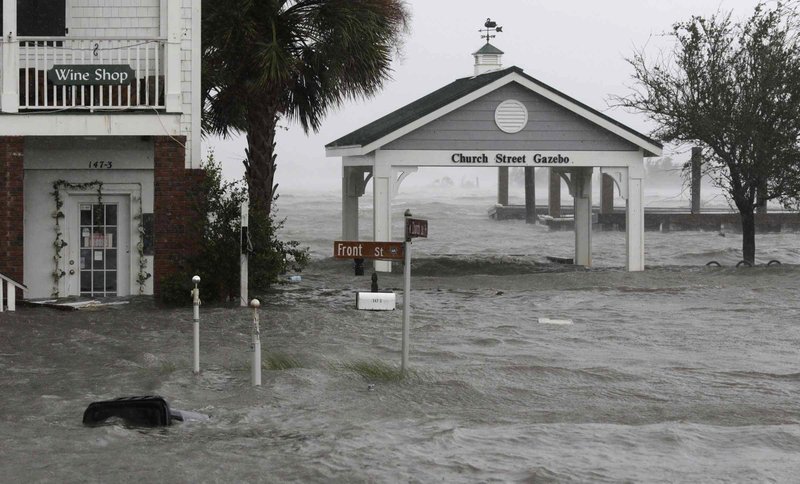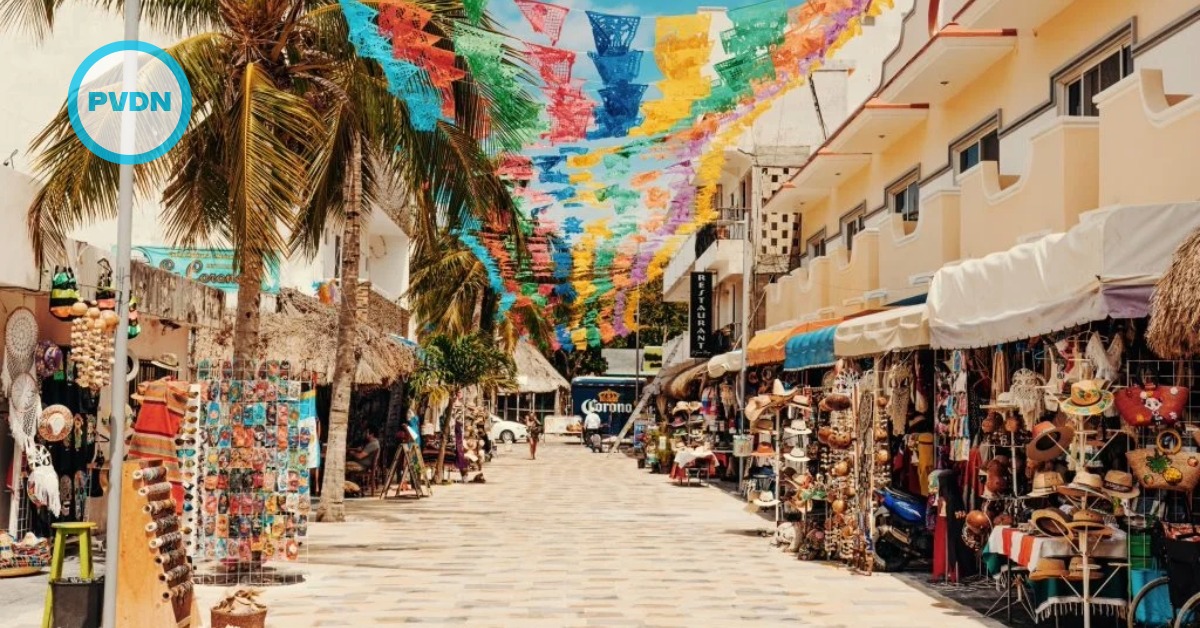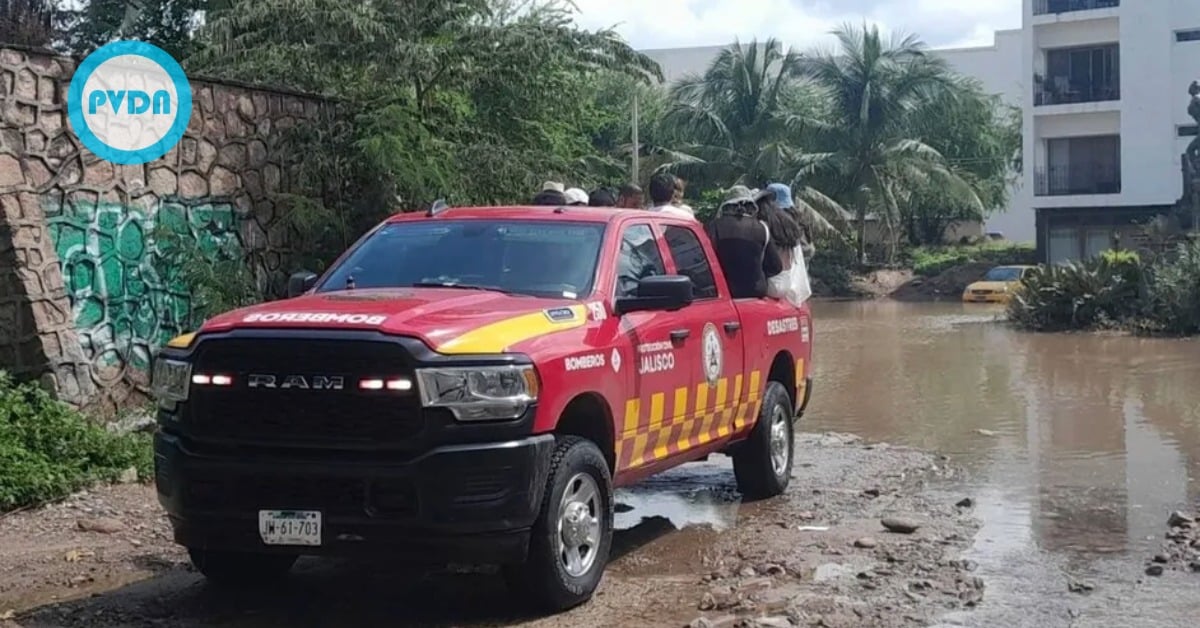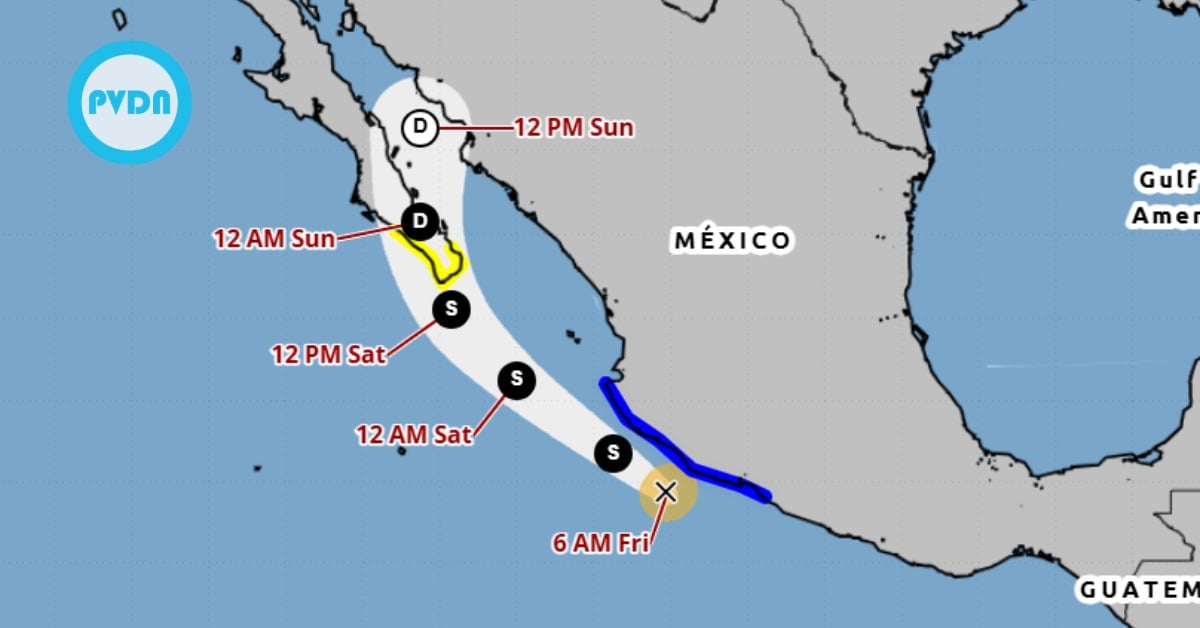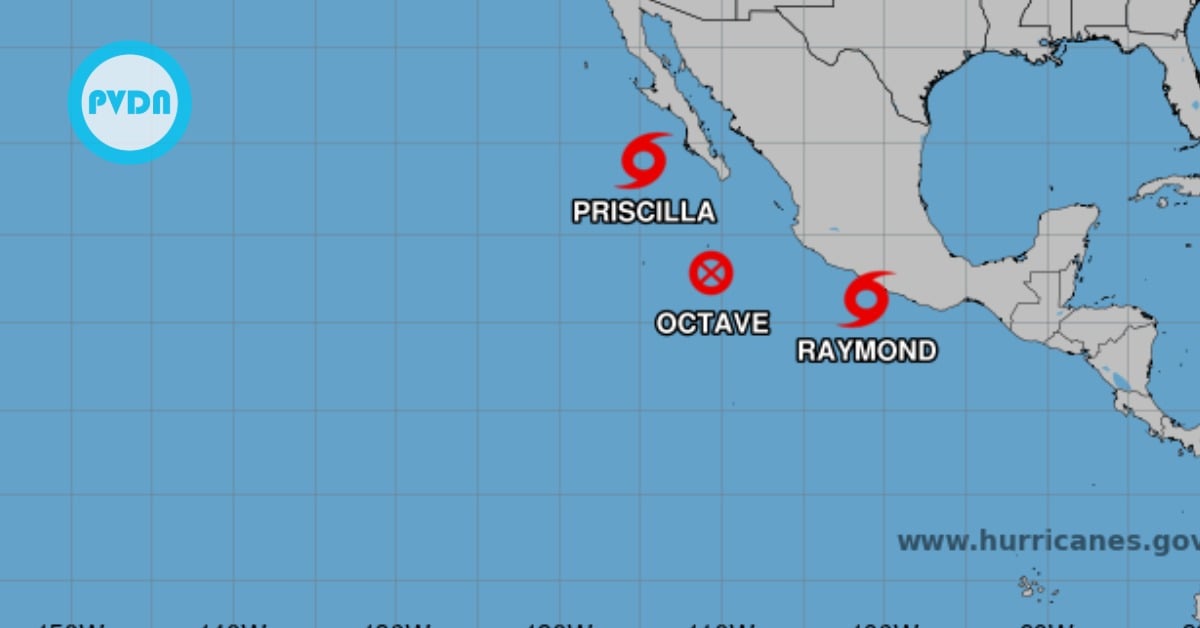A warmer world makes for nastier hurricanes. Scientists say they are wetter, possess more energy and intensify faster.
Their storm surges are more destructive because climate change has already made the seas rise. And lately, the storms seem to be stalling more often and thus dumping more rain.
Study after study shows that climate change in general makes hurricanes worse. But determining the role of global warming in a specific storm such as Hurricane Florence or Typhoon Mangkhut is not so simple — at least not without detailed statistical and computer analyses.
The Associated Press consulted with 17 meteorologists and scientists . . .


